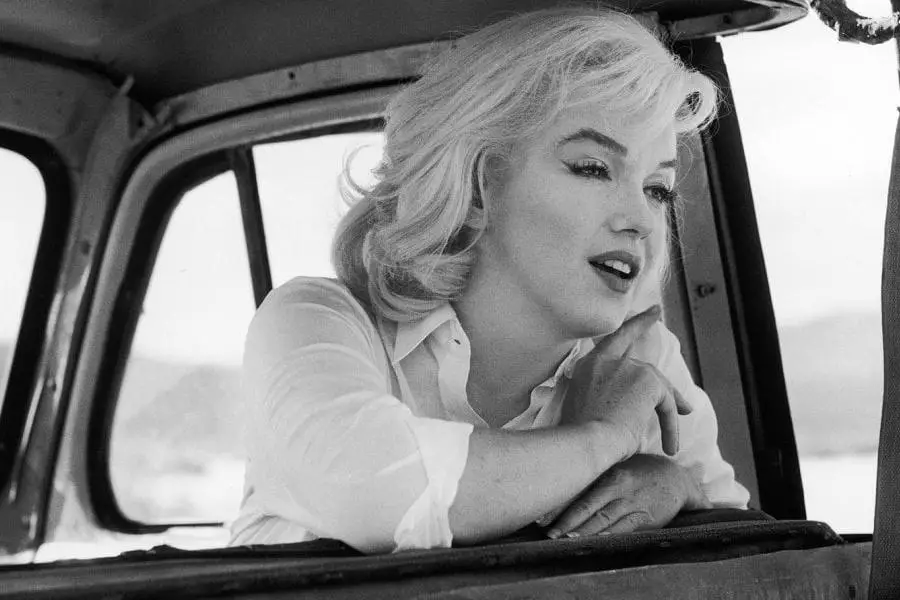“If I am a star, the people made me a star,” Marilyn Monroe once professed. The motion picture industry has long been defined by its stars. No star shined brighter than Marilyn. She encapsulates all that defines a Hollywood immortal, including a premature death. The controversial starlet would have turned 99 years old this month. The inauspicious anniversary serves as a sad reminder of what could have been. And though there is no denying her sustained relevance, Monroe leaves behind a confounding legacy.
Her origin story is not a glamorous one, but it is inspiring. Born Norma Jeane Mortenson on June 1, 1926, Marilyn grew up in a constant state of turmoil. She never knew her father; her mother, Gladys Pearl Baker, was diagnosed with paranoid schizophrenia and spent long periods in psychiatric institutions. As a result, Norma Jeane was forced to change living arrangements several times as a child. Marilyn found solace in the movies, recalling:
“I didn’t like the world around me because it was kind of grim … When I heard that this was acting, I said that’s what I want to be.”
From Factory to Fame
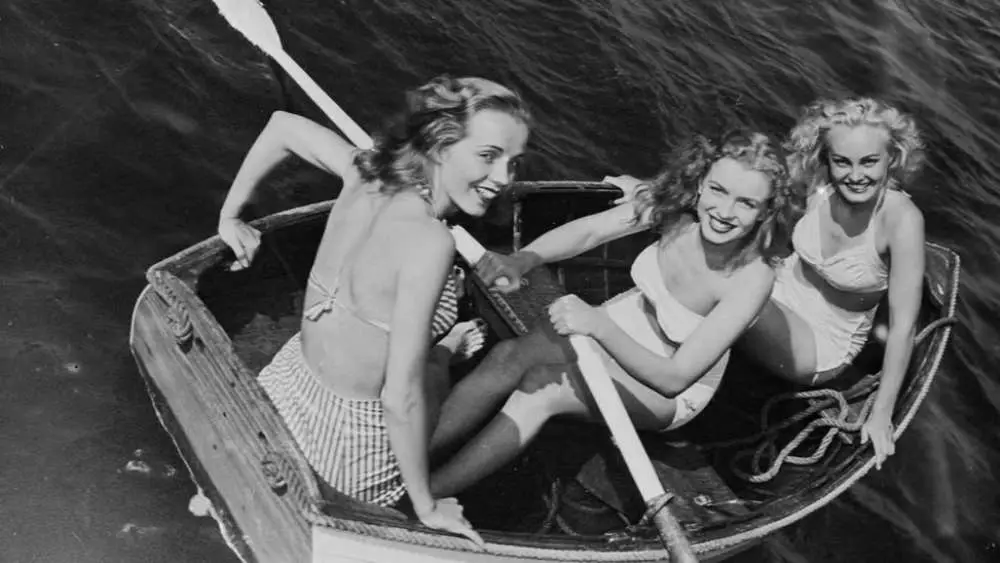
In 1945, Norma Jeane began modeling in Los Angeles while working at a munitions factory, despite objections from her husband. To cope with the tastes of the time, the budding model straightened her naturally brown hair and dyed it blonde. Before long, executives at 20th Century-Fox took notice and she was signed to a standard six-month contract in August 1946. She was 20 years old. By late 1946, Norma Jeane had adopted the stage name Marilyn Monroe and finalized her divorce from James Dougherty. Within eight years, Marilyn Monroe was the biggest cinema attraction in the world. She became a legend in her own lifetime. In the 63 years since her death, her legend has only amplified.
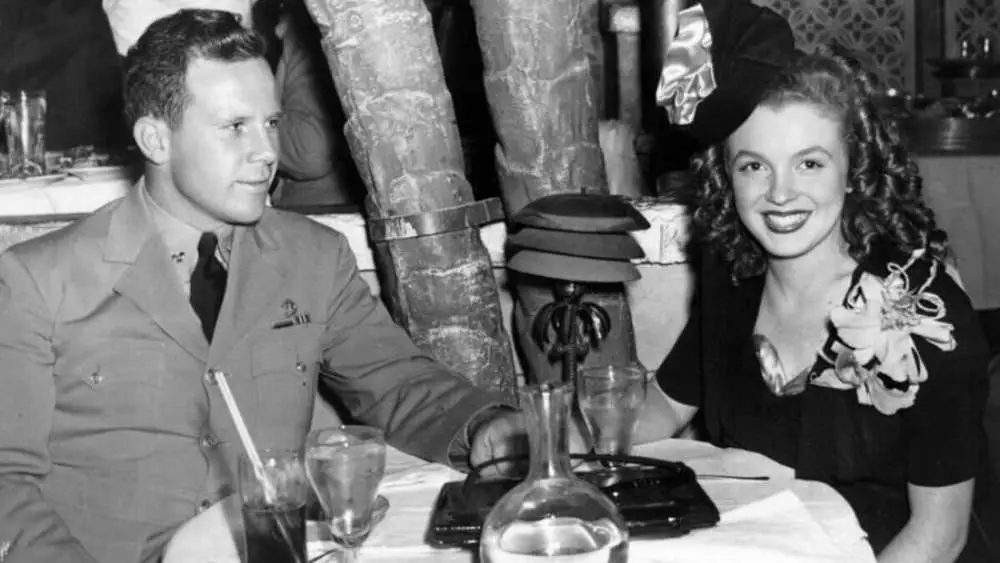
Marilyn Monroe made $8 million in 2019, according to Forbes’ list of top-earning deceased celebrities. Her image and likeness are routinely and extensively licensed. In May of 2022, Andy Warhol’s 1964 silkscreen image of the late actress sold for $195 Million. This is the most expensive work sold by an American artist ever at auction. In short, Marilyn does not go out of style. She is remembered for her immense aesthetic influence and colossal cultural significance, but her greatest aspirations went unfulfilled.
The thing Monroe desired most was to be taken seriously as an actress. She once remarked, “I want to be an artist, an actress with integrity.” Her life ended before she could realize her ambitions. Marilyn died in 1962 at the age of 36. The details of her passing are saturated in controversy. Most experts agree that the cause was an accidental drug overdose. Her premature passing ensures that she will always remain vibrant and beautiful in the public consciousness.
Challenging Stereotypes
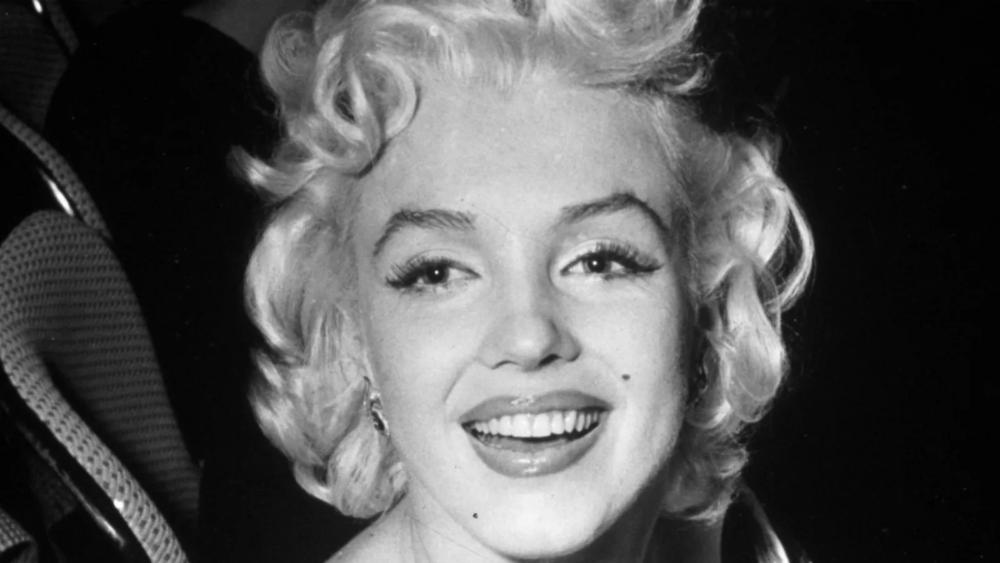
Today the name Marilyn Monroe conjures a concept, not a person. It evokes outdated stereotypes and archaic generalizations. This doesn’t detract from the fact that Monroe will be forever worshiped, but for reasons unintended by her. For over 70 years, Marilyn’s acting ability has been unjustly judged. She is the personification of the “blonde bombshell”, but this was placating performance. For any critic who insists the ageless icon was not a talented actress, they need only to consider her greatest role: Marilyn Monroe.
Decriers of Marilyn assert she was severely limited as an actress due to a lack of range and sparse sensibility. Journalist Derek Adams proclaimed that “Monroe flaunts her attributes too blatantly and seems less human because of it.” It was presumed that her talent didn’t extend beyond a curvaceous figure and a perfect smile. These were unfair criticisms, but they were real. Monroe once stated:
“I want to be an artist, not an erotic freak. I don’t want to be sold to the public as a celluloid aphrodisiac.”
Taking Control of Her Career
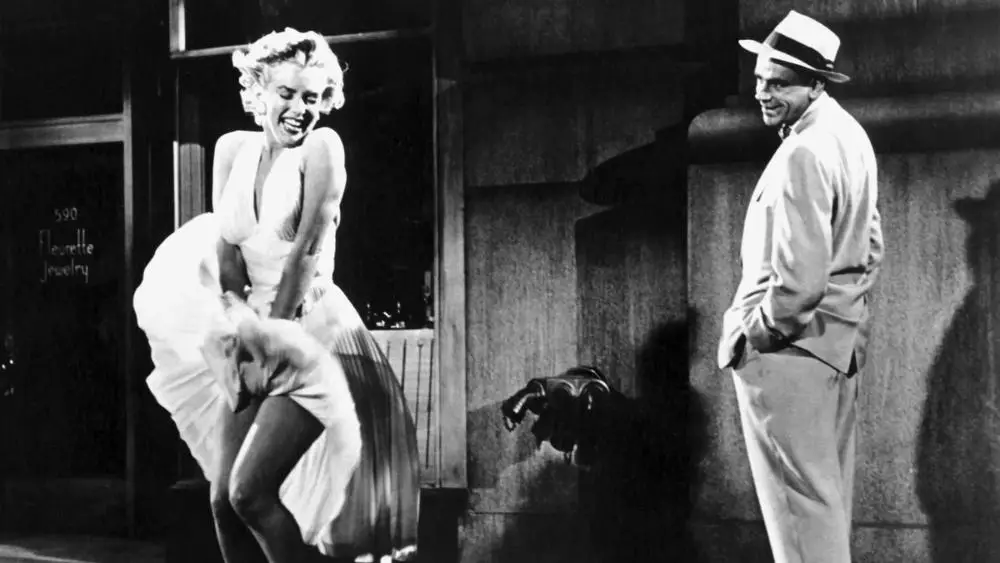
As far as her movie studio was concerned, they had found a winning formula. Sex sells – and Monroe was the sexiest star on the planet. Thus, the industry brass could not afford Marilyn to play a character with any kind of considerable depth. The Seven Year Itch (famous for the notorious updraft dress scene) wrapped in 1954. After filming, Marilyn became all too aware that she was regarded merely as a robotic sex attraction. The industry was exploiting her. So, she decided to fight back.
In 1955 Monroe left Hollywood for New York. She decided it was time to battle both the studio system and her own reputation. As the studio saw it, it was simply bad business not to have her identified as the sultry fantasy girl. But Marilyn, as she said at the time, was “tired of the same old sex roles.” The actress, now a genuine superstar, took courageous action. In 1954, she walked out on her contract with 20th Century Fox, forcing the studio to renegotiate and grant her more creative control. By the end of the year, she had signed a new seven-year deal and co-founded her own production company with friend, photographer Milton Greene. Monroe took on the studio system and won. This case paved the way for many freedoms that artists enjoy today. The next step in her plan was to attain what she continually craved, industry credibility.
Pursuit of Artistic Integrity
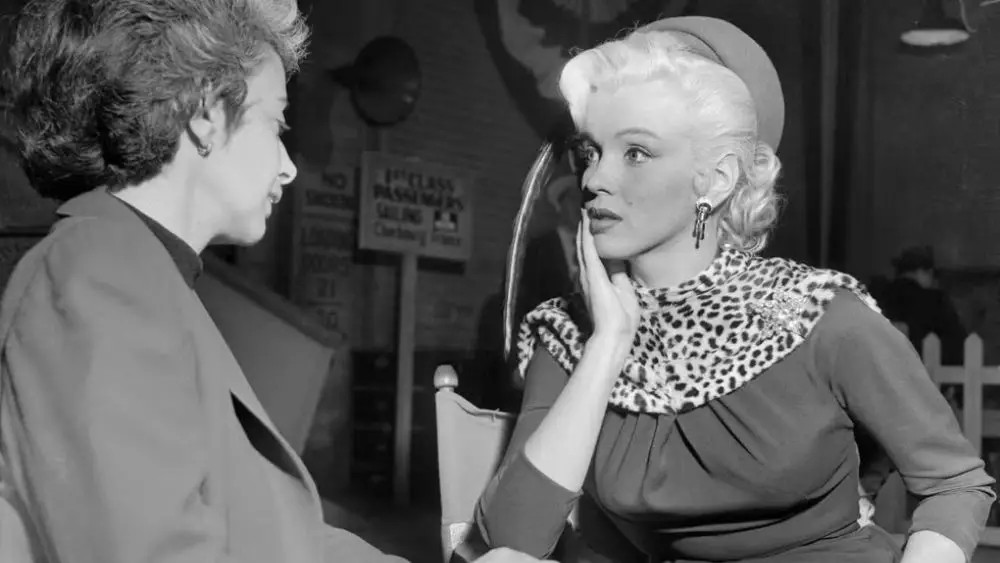
American thespian Martin Landau was a friend and classmate of Marilyn’s. He first encountered her in 1955 about which he stated, “She was being used and abused in Hollywood…People perceived her as a Hollywood blonde bimbo…She wanted to become an actress.” A goal to which she was totally committed. Monroe was very devoted to honing her craft. She relocated to Manhattan to study at the prestigious Actor’s Studio. This was a pivotal point in the evolution of her career. Marilyn was sick of being treated as a commodity and wanted credit for her ability. She famously asserted, “All I want is to be loved, for myself and for my talent.”
Monroe was receiving a masterclass in the art of acting while studying alongside several incredible young performers including the likes of Marlon Brando, Geraldine Page, Landau, Maureen Stapleton, Lou Gossett Jr., and Jane Fonda. Those classmates alone represent a total of 31 Academy Award nominations. In 1957, Marilyn secured a Golden Globe Best Actress nomination for the film Bus Stop.
Don Murray co-starred with her in the compelling drama and could sense her recharged resolution. In a 2012 interview, Murray said Monroe, “Was trying to prove she was a serious actress and not just a movie star playing bimbo parts. She was trying to prove she was an actress of substance, and in my opinion she certainly did.” Bus Stop was Marilyn’s first performance after taking on the tutelage of Lee Strasberg.
She didn’t get the Golden Globe for Bus Stop, but the effort wasn’t in vain — in 1962, she won Best Actress in a Comedy or Musical for Some Like It Hot, proving her critics wrong.
Method Acting and Recognition
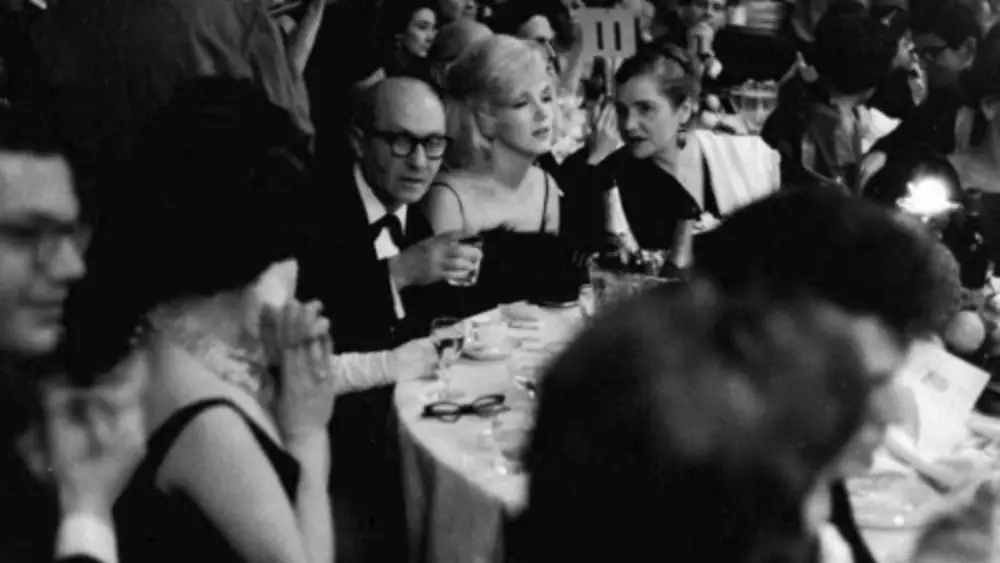
If acting instruction were a formal institution, Lee Strasberg is a charter member. His revolutionary teachings are the basis for the now infamous style of “method acting”. Marilyn became a private student and even a surrogate daughter to the acting teacher. Under Strasberg’s instruction, Monroe flourished and found the range and depth that she was previously criticized for lacking. After her death, Strasberg summed up Marilyn’s abilities rather succinctly. He said:
“She was one of the two or three most sensitive and most talented people that I’ve seen in my life. One of the others is Marlon Brando.”
Marilyn was an astute screen performer with tremendous timing. The great tragedy is that fans today truly have no idea how gifted Monroe was as an actress. It has been so long since her death that she no longer exists in memory as a performer, but only as caricature. People usually only associate her as the stereotypical “sexpot” in roles such as Gentlemen Prefer Blondes and Some Like It Hot. Those are great pictures, and they required serious skill. But they are not the best representation of Monroe’s skill. In the end, she could not shake the biased labels that she repeatedly had to endure. Motion picture historian Paul Batters refers to it as “the ‘sexy dumb blonde’ persona that plagued Monroe’s career.” The persona which Marilyn created, and which continues to obscure her talent.
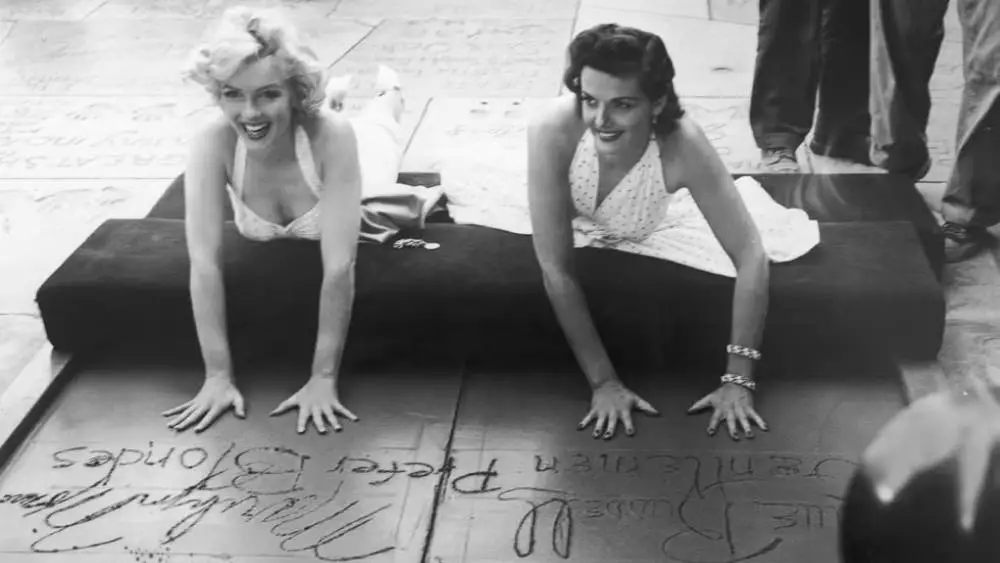
The Misfits, filmed in 1961, was Marilyn’s last movie. Directed by John Huston, the classic film also features fellow Hollywood heavyweights Clark Gable and Montgomery Clift. It was a difficult shoot, exacerbated by a multiple-week hospital stint for Monroe due to exhaustion. And though the role was terribly challenging, it stands up as some of her best work. Marilyn’s character is in emotional shambles. Sadly, this is an example of art imitating life. At this point in her career, Monroe was considered unstable and a professional liability. However, despite her considerable obstacles, Marilyn turns in a tragically brilliant performance.
‘I never wanted to be Marilyn’
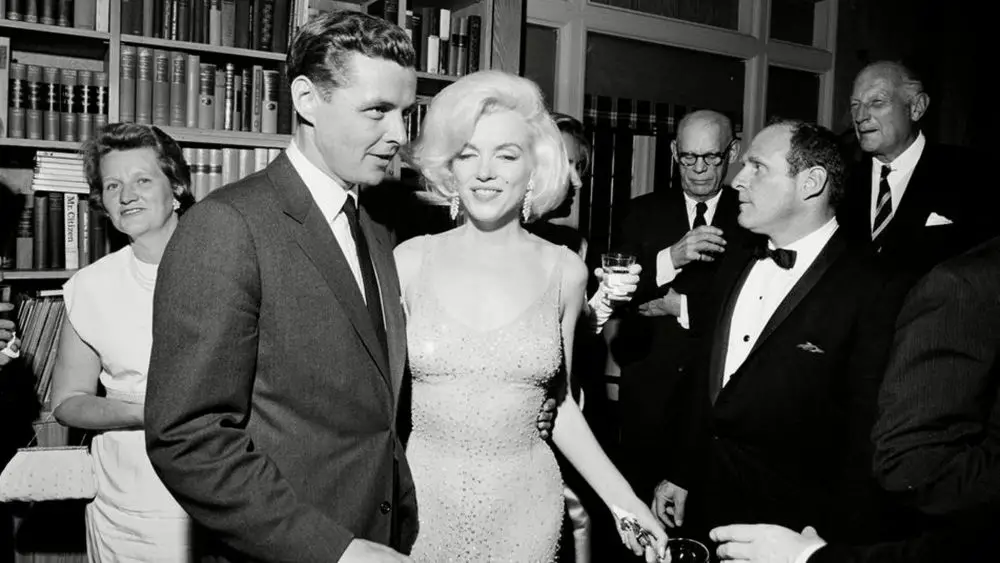
Monroe’s career lasted only 16 years, yet her collective impact remains unrivaled. In 2022, Kim Kardashian made international headlines when she donned a vintage Jean Louis gown for her appearance at the Met Gala. The cause of the Kardashian uproar was due to one reason; it was the same gown Monroe wore to serenade President John Kennedy at his 45th birthday celebration. That was in 1962. Marilyn may be gone, but she is certainly not forgotten.
Over six decades after her death, the public continues an imprecise relationship with Monroe. While she remains highly recognizable, her contributions as an industry trailblazer are almost never recognized. She is routinely considered a great brand ambassador yet is routinely branded “silly” and “witless”. It is the Monroe facade. She once divulged:
“I never wanted to be Marilyn – it just happened. Marilyn’s like a veil I wear over Norma Jeane.”
The hard truth is that the facade survives because she was always in character. Perhaps the problem is that Norma Jeane played the role of Marilyn just a little too well.
Feature Image Courtesy: https://ilfotografo.it/ (©Ernst Haas)
